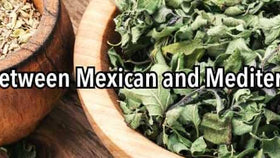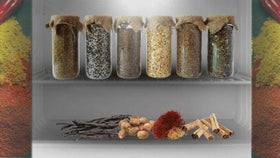How Is Mica Formed In Nature And Is It Safe For Consumption?
Mica includes a long list of silicate-based substances, minerals that occur naturally in each of the three major types of rocks: igneous rocks (like granite), sedimentary rocks (like shale and sandstone), and metamorphic rocks (like slate and schist).
The most common type of Mica, and the one used in food, beverage, and cosmetic applications is muscovite. We will be focusing on muscovite during this article, because that is what is used in our food-grade, FDA-approved, edible luster dusts.
Muscovite is naturally found in sheet-like crystals, often within the aforementioned rocks as layered, dimensional sheets or even appearing as small flecks. Along with other micas, muscovite is made up of aluminum silicate minerals. It is extremely light in color or colorless altogether but can take on several different hues. It can even be peered through and was used as a glass substitute in Russia in the 18th century. It catches the light and puts off a lustery sheen, which is why it is used to add a bit of sparkle to things like makeup and candies.
So now that we know what muscovite is, let’s look at how it comes to be.
How is Muscovite formed?
“Muscovite is formed by crystallization of magma from the hot gases, vapors, and hot solution.” Basically, deep within the earth, where veins of magma mix with those vapors and gases, a chemical metamorphism occurs and the heat and pressure from that metamorphic reaction further transforms sediments and minerals into bits of mica within other clay minerals, these bits act as a seed, growing into larger flakes of mica over time.
Is Mica Good for Your Health?
Mica is a non metallic mineral and does contain some properties that are needed in the human died, such as potassium. However, like edible metals, muscovite is not a nourishing edible. It is biologically inert, meaning the properties it is made up of will not be absorbed into the human body. Instead, it simply passes through, neither causing harm nor providing nourishment to the human body.
Is Mica Safe for Consumption?
Even though food-grade mica is not bioavailable and will pass through the human system, not all mica or even all culinary glitter dusts are safe for human consumption. There are many, MANY companies marketing luster dusts for use in culinary applications when they are not food-grade and should not be ingested. In these cases, the product does no comply with US food safety standards and should not be consumed. Often, they will not list ingredients, but may contain harmful substances, including unsafe metals and even lead. Rest assured, our pearl luster dusts are made from mica that has been specifically approved for food use.










Slofoodgroup
Autor